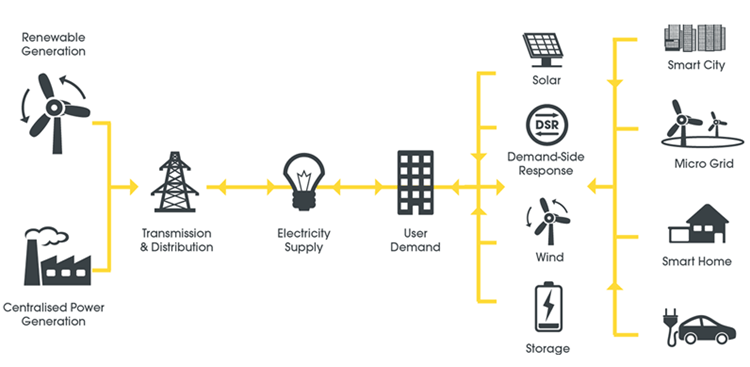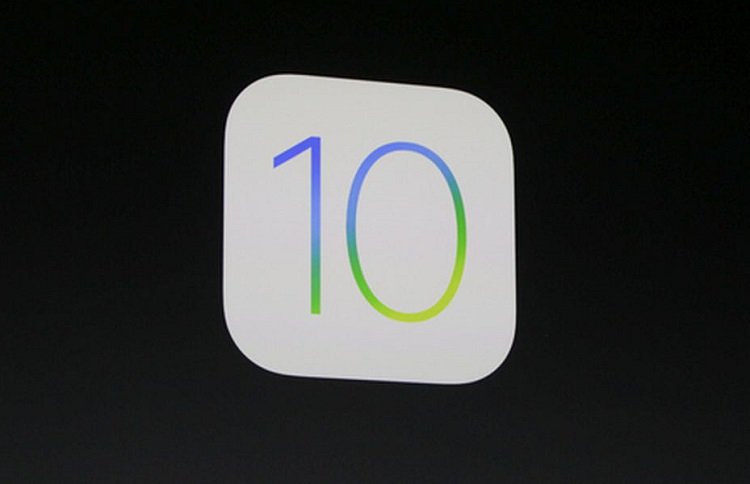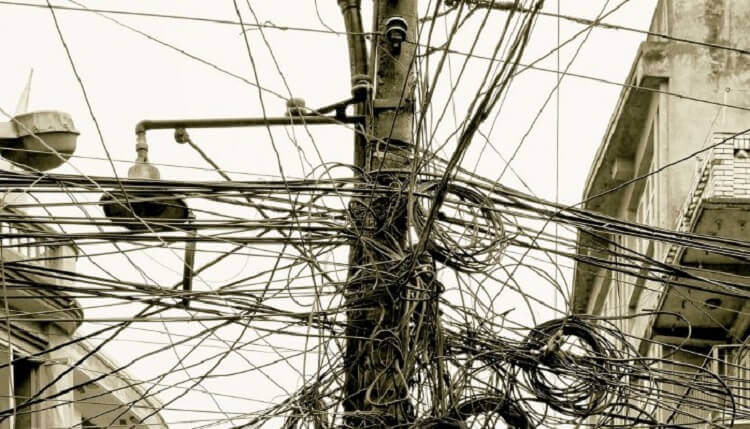Technology has fuelled an explosion of sharing economy business models
In the last decade, technology has fuelled an explosion of sharing economy business models who in just a few short years have revolutionized established industries.
The sharing economy, popularized by the likes of Airbnb and Uber, has enjoyed remarkably rapid growth and looks set to scale new heights over the next decade.
A shared electricity future is still that: the future. But it’s not necessarily so futuristic
Sharing economies are a consumer-led phenomenon which work by exploiting excess capacity or inefficiencies in existing systems for mutual benefit. Take Airbnb for example. The wasted asset is a property and the excess capacity is the space not being used. By creating a user-friendly platform and giving homeowners the security they need Airbnb have built the biggest hotel chain in the world, surpassing the Intercontinental Group in less than four years. They have achieved this because they haven’t needed to construct a single thing.
Energy system has worked on the basis that supply must follow demand
The management of energy production and distribution networks has always been complex. As it is not possible to store energy in the network – not jet -, it was necessary to build a production and distribution capacity equivalent to the maximum power that may be required during peak periods.
Underutilization of asset in energy markets
Since the world’s first power station was built in 1882 the global energy system has worked on the basis that supply must follow demand. Consumers – businesses and households – have been passive users of power, paying to use what they want when they want, whilst electricity supply has adapted to ensure the lights stay on. This has created inefficient systems built for periods of peak demand.
Peak demand drives high costs for the grid and businesses
With a growing difference between “base” and peak load – and central power assets that sit idle much of time, more or less called into use only to meet the peaks – the bulk power system’s decreasing load factor is a sign of increasing asset underutilization … just like the spare bedroom in a house that’s vacant most of the year.
Are there compelling sharing economy opportunities in the electricity sector? What products or services can be shared in tomorrow’s Smart Grid? Energy efficiency, demand response (demand flexibility), distributed generation such as rooftop solar, distributed storage such as batteries, smart thermostats, heat pumps and more can become the front lines of a sharing economy revolution for the grid.
 Demand flexibility
Demand flexibility
Demand flexibility is more commonly referred to as “demand side response”. It covers a broad range of activities that can be undertaken to reduce or shift demand for electricity during peak periods, including adjusting the consumption of electrical appliances or other facilities or deploying off-grid sources of power.
Digitization, smart meters and batteries are enabling companies and households to smooth out their demand
Demand flexibility can allow families and businesses to change how they use electricity. Deploying automated systems to reduce consumption at times of high demand and high prices and increase it at times of low demand, will allow consumers to save money and cut emissions without inconvenience.
Demand flexibility uses communication and control technology to shift electricity use across hours of the day while delivering end-use services (e.g., air conditioning, domestic hot water, electric vehicle charging) at the same or better quality but lower cost. It does this by applying automatic control to reshape a customer’s demand profile continuously in ways that either are invisible to or minimally affect the customer, and by leveraging more-granular rate structures that monetize demand flexibility’s capability to reduce costs for both customers and the grid.
These measures may only have a small impact at the individual level, but when aggregated together the effects can be significant.
By consuming electricity more flexibly, the overall demands on the system are reduced. If some of the electricity used at peak times can be shifted to other parts of the day, then less generation capacity needs to be built.
The USA has led the way on deploying demand flexibility, where in some of its regional markets it can meet up to 11,0% of peak demand – the average is 6,6% – Federal Energy Regulatory Commission, Demand Response & Advanced Metering; Staff Report, 2016
In the UK, Open Energi’s analysis suggests there is 6 gigawatts of peak demand which can be shifted for up to an hour without impacting end users. Put into context, this is equivalent to roughly 10% of peak winter demand.

Open Energi Analyst Remi Boulineau has mapped the UK’s demand side flexibility to reveal 6GW of peak-shifting potential, and 750MW of dynamic flexibility available for real-time grid balancing.
Short URL & title:
Will the sharing economy approach enter the energy market — https://www.torbenrick.eu/t/r/kem
Share it:
If you enjoyed this article, please take 5 seconds to share it on your social network. Thanks!








About The Author
Torben Rick
Experienced senior executive, both at a strategic and operational level, with strong track record in developing, driving and managing business improvement, development and change management. International experience from management positions in Denmark, Germany, Switzerland and United Kingdom